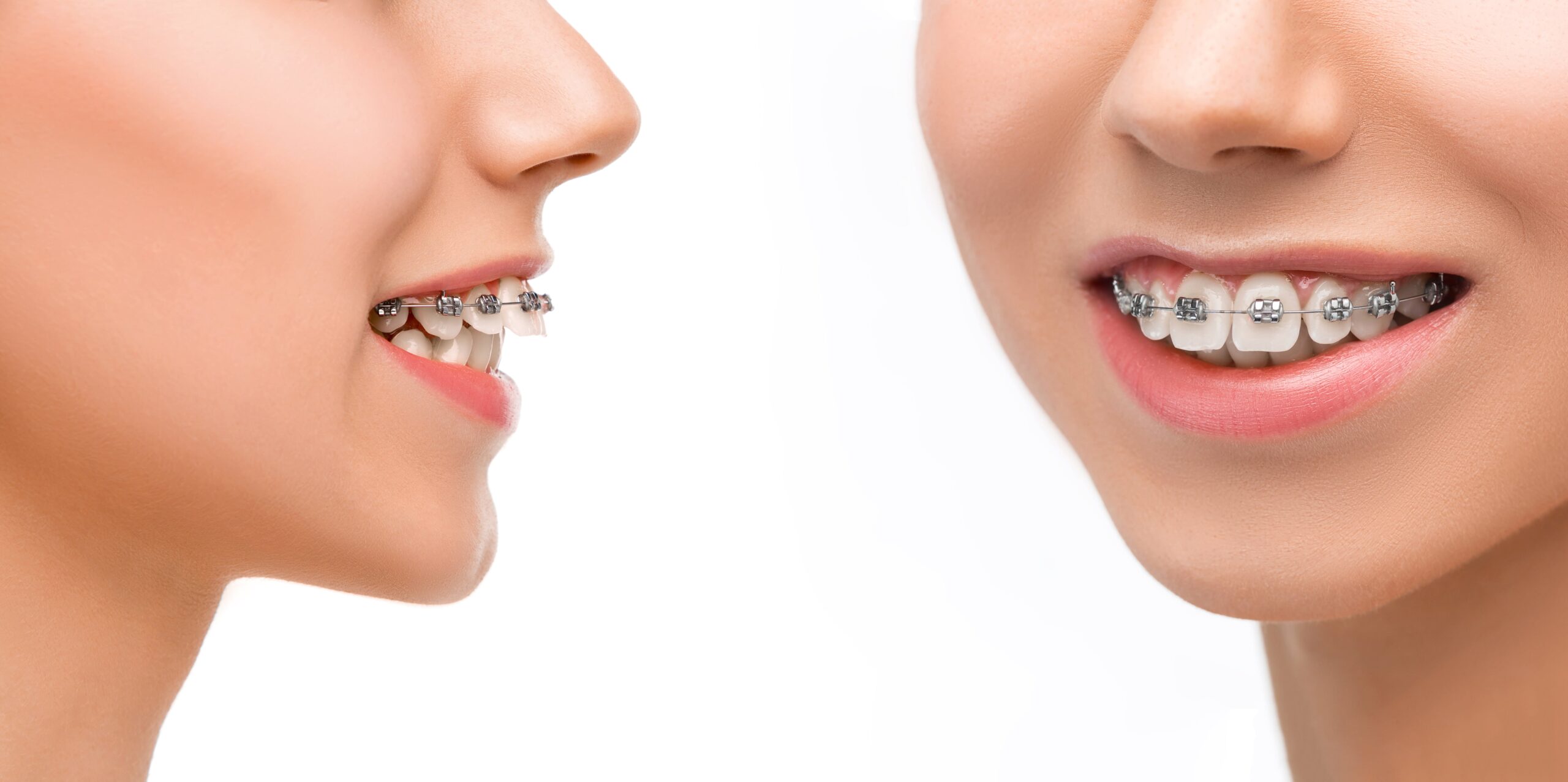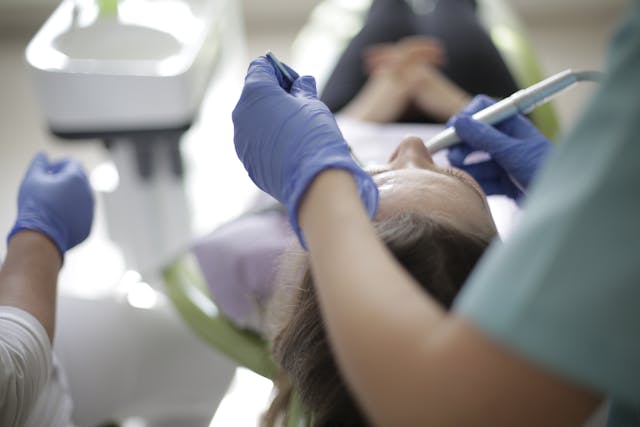Introduction to Teeth Alignment
Teeth alignment plays a significant role in how your smile looks and in maintaining overall oral health. Misaligned teeth can be tricky to clean, potentially leading to cavities and gum diseases. Fortunately, modern dentistry offers innovative solutions like clear aligners, which discreetly and effectively address these issues.
Aligners, a rising choice for many, offer significant advantages. Their hardly visible nature means individuals can undergo orthodontic treatment without feeling self-conscious. This invisible approach appeals greatly, especially to adults and teenagers who prefer a natural look during treatment.
How Aligners Work
The process of moving teeth with aligners, such as Invisalign treatment, is both fascinating and technical. These devices are customized based on dental impressions to fit over the teeth snugly. Patients must switch these aligners every few weeks, as each set is designed to gradually shift teeth—a step-by-step procedure that mandates fewer trips to the orthodontist—making it convenient for those with busy schedules. Invisalign treatment capitalizes on the body’s natural bone remodeling processes, gently moving teeth to their desired positions with meticulously calculated pressure. Technology plays a crucial role here, often involving 3D imaging to forecast movements and outcomes, ensuring precision and enhancing predictability in results.
Benefits of Using Aligners
- Aesthetic enhancement: Their near-invisibility due to the transparent material means people can undergo treatment without the social stigma sometimes associated with braces. The confidence of displaying a natural smile while undergoing treatment can be immensely reassuring.
- Easier oral hygiene: A notable upside is that aligners can be removed during meals or when brushing and flossing. Unlike traditional braces, this removability eliminates worries about food getting stuck, enabling better oral hygiene maintenance throughout the treatment.
- Comfort and flexibility: Made from smooth plastic, aligners often cause fewer irritations than traditional braces, which are known for their metallic brackets and wires. The custom-fit design also ensures they align perfectly with your gums and teeth, enhancing comfort.
Alternative Treatments
Aligners are just one piece of the orthodontic puzzle. There’s a range of treatments, each tailored to address different types and severities of misalignment. While noted for their robustness, traditional braces offer a tried-and-true method to tackle more complex orthodontic cases. Understanding treatment options allows individuals to weigh their choices adequately.
Lingual braces, for instance, are attached to the back of the teeth, providing the benefits of braces while remaining hidden. Veneers, an alternative solution, serve those seeking cosmetic results for misalignment by covering imperfections rather than adjusting the teeth themselves. Each approach presents its pros and cons for specific needs and preferences.
Choosing the Right Treatment
Deciding on the appropriate treatment can seem daunting. However, considering factors like the complexity of misalignment, cost implications, and lifestyle requirements can guide decision-making. Consulting with a specialized orthodontist is pivotal as they can provide a detailed assessment and personalized guidance, ensuring that the chosen path aligns with dental requirements and personal circumstances.
Risks and Considerations
As with any medical or dental treatment, considerations and potential downsides must be acknowledged. Aligners might not fit everyone’s needs, especially if significant alignment adjustments are required. Meanwhile, some individuals may experience slight speech alterations initially, although this generally improves as they adapt to the aligners.
Following the orthodontist’s prescribed wear time diligently is crucial to avoid prolonged treatment durations or suboptimal results. Careful adherence to cleaning and maintenance instructions ensures the aligners remain effective and hygienic throughout the journey.
The Future of Teeth Alignment
The evolving landscape of orthodontics offers a promising future, leveraging technology advancements like teledentistry and 3D printing. Such innovations aim to make treatments more accessible and cost-effective, paving the way for enhanced orthodontic solutions. These technological strides mean patients can look forward to increasingly personalized treatment plans with greater effectiveness and shorter timelines.
The orthodontics field keeps evolving with research and technological improvements, ensuring a brighter, straighter smile is within reach for all seeking such transformation.
Keep an eye for more latest news & updates on Essential Tribune!








